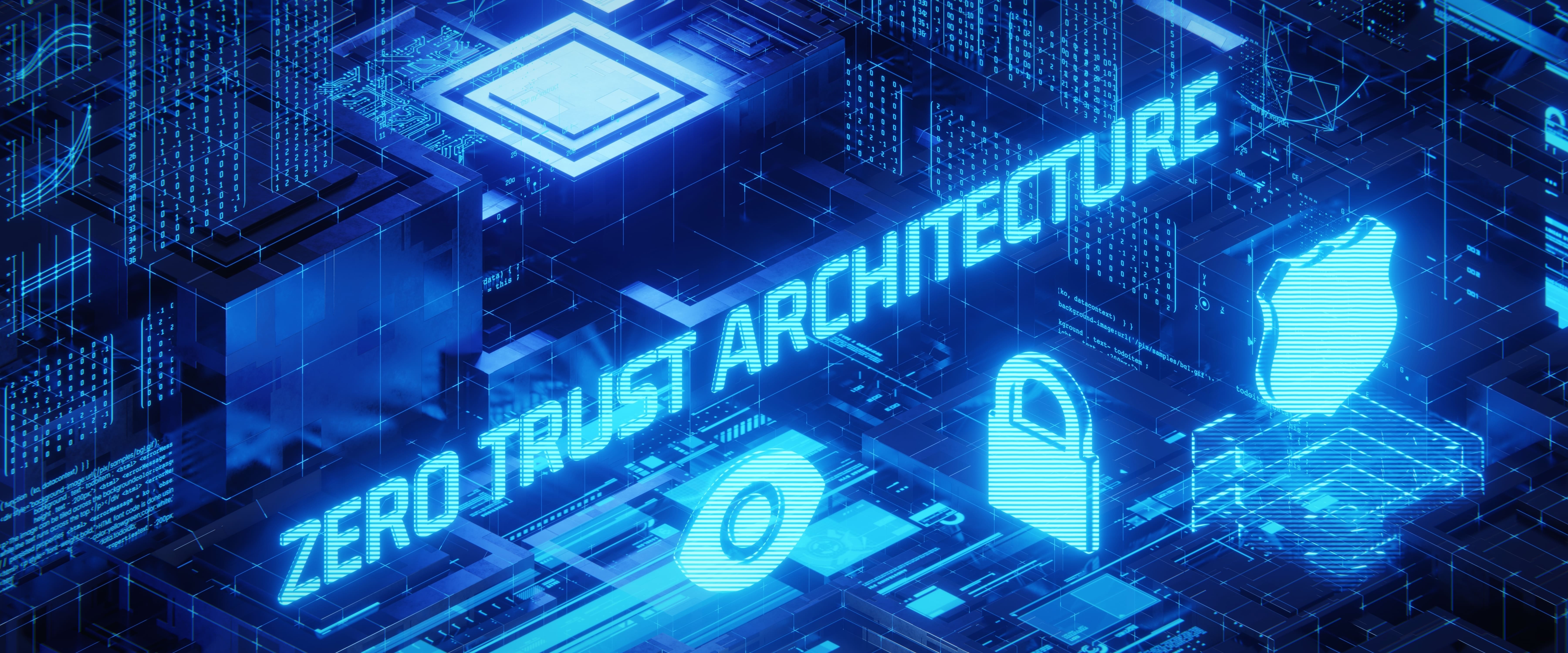
In today's rapidly evolving digital landscape, the convergence of finance and technology, often referred to as "Fintech," has brought about transformative changes in financial transactions. However, this digital transformation also poses significant challenges, particularly regarding cybersecurity. As financial transactions and sensitive data become increasingly digitized, protecting them from cyber threats has become paramount. This article delves into the intricate realm of cybersecurity in Fintech, exploring the strategies, challenges, and solutions associated with safeguarding transactions and data in the digital age.
Table of Contents
- Introduction
- The Growing Significance of Cybersecurity in Fintech
- Common Cybersecurity Threats in the Fintech Sector
- Phishing Attacks: A Persistent Threat
- Ransomware: Holding Data Hostage
- Insider Threats and Data Breaches
- DDoS Attacks: Disrupting Operations
- Security Measures and Best Practices
- Encryption: Safeguarding Data in Transit and at Rest
- Multi-Factor Authentication: Adding an Extra Layer of Security
- Regular Security Audits and Penetration Testing
- Employee Training and Awareness Programs
- Regulatory Landscape and Compliance Challenges
- Collaborative Approaches to Fintech Cybersecurity
- The Role of AI and Machine Learning in Cybersecurity
- Future Trends and Innovations in Fintech Security
- Conclusion
Introduction
The Fintech industry's rapid growth has revolutionized the way financial transactions occur. From mobile payments to online lending platforms, the convenience and accessibility of Fintech services have attracted users globally. However, this convenience comes with a price – the heightened risk of cyber threats. As Fintech redefines the financial landscape, ensuring the security of transactions and data has become a critical concern for industry players.
The Growing Significance of Cybersecurity in Fintech
In a landscape where digital transactions and data exchanges have become the norm, the importance of robust cybersecurity measures cannot be overstated. Cybercriminals constantly devise sophisticated methods to exploit vulnerabilities and gain unauthorized access to sensitive financial information. With the increasing reliance on digital platforms for financial operations, the potential impact of a successful cyber attack is substantial. Fintech companies must proactively implement measures to safeguard their systems and user data.
Common Cybersecurity Threats in the Fintech Sector
Phishing Attacks: A Persistent Threat
Phishing attacks involve tricking individuals into revealing sensitive information through seemingly legitimate channels. Cybercriminals often impersonate reputable financial institutions to gain access to login credentials and personal data. As users conduct financial transactions and share sensitive information online, phishing attacks remain a persistent and evolving threat. Mitigating this risk requires a combination of user education and technological solutions.
Ransomware: Holding Data Hostage
Ransomware attacks have become increasingly prevalent in recent years. Malicious software encrypts an organization's data, rendering it inaccessible until a ransom is paid, crippling the operations of Fintech companies. The disruptive nature of ransomware attacks can lead to financial losses, downtime, and reputational damage. Fintech companies must implement robust backup solutions and cybersecurity protocols to prevent and respond effectively to such attacks.
Insider Threats and Data Breaches
Insider threats, whether intentional or unintentional, pose a significant risk. Employees with access to sensitive data can compromise security. Additionally, data breaches, often resulting from inadequate security protocols, can lead to devastating financial and reputational losses. Preventing insider threats requires a combination of access controls, employee training, and ongoing monitoring. Moreover, robust data protection mechanisms are essential to minimize the impact of potential breaches.
DDoS Attacks: Disrupting Operations
Distributed Denial of Service (DDoS) attacks overwhelm a system's resources, rendering it inaccessible to users. For Fintech companies heavily reliant on online platforms, DDoS attacks can lead to severe disruptions. Ensuring the availability and stability of digital financial services requires implementing DDoS mitigation strategies and scalable infrastructure.
Security Measures and Best Practices
Encryption: Safeguarding Data in Transit and at Rest
Encryption plays a pivotal role in securing sensitive information. It ensures that even if data is intercepted, it remains unreadable to unauthorized individuals. Whether data is in transit between devices or stored on servers, encryption provides a strong defense against unauthorized access.
Multi-Factor Authentication: Adding an Extra Layer of Security
Multi-factor authentication (MFA) requires users to provide multiple verification forms before accessing their accounts, significantly enhancing security. By combining something users know (passwords), something they have (devices), and something they are (biometric information), MFA mitigates the risk of unauthorized access, even if passwords are compromised.
Regular Security Audits and Penetration Testing
Routine security audits and penetration testing help identify vulnerabilities and weaknesses in a Fintech company's systems, allowing for timely remediation. Organizations can proactively address vulnerabilities by simulating real-world cyber attacks before malicious actors exploit them. Regular assessments are essential to maintain a strong security posture.
Employee Training and Awareness Programs
Human error remains a leading cause of security breaches. Comprehensive training programs can educate employees about cybersecurity best practices and the importance of vigilance. Employees should be equipped to recognize phishing attempts, report suspicious activities, and follow secure protocols, ultimately reducing the risk of successful cyber attacks.
Regulatory Landscape and Compliance Challenges
The Fintech sector operates in a complex regulatory environment. Companies must navigate various compliance standards to ensure the secure handling of financial data and transactions. Regulations such as the General Data Protection Regulation (GDPR) and the Payment Card Industry Data Security Standard (PCI DSS) mandate stringent data protection measures. Non-compliance can result in severe financial penalties and reputational damage.
Collaborative Approaches to Fintech Cybersecurity
Addressing cybersecurity challenges requires collaboration between Fintech companies, regulatory bodies, and cybersecurity experts. Sharing insights and best practices can lead to a more secure ecosystem. Industry partnerships can facilitate the exchange of threat intelligence, enabling organizations to stay ahead of emerging threats. Collaboration is particularly vital in the ever-changing landscape of cyber attacks.
The Role of AI and Machine Learning in Cybersecurity
Artificial Intelligence and machine learning technologies have shown promise in detecting and mitigating cyber threats in real time, bolstering Fintech cybersecurity. These technologies can analyze vast amounts of data to identify anomalous patterns and behaviors that may indicate a cyber attack. AI and machine learning enhance incident response capabilities by rapidly responding to potential threats.
Future Trends and Innovations in Fintech Security
As Fintech continues to evolve, so will cybersecurity measures. Biometric authentication, blockchain technology, and predictive analytics are poised to play a pivotal role in future security strategies. Biometric authentication, such as fingerprint and facial recognition, offers higher security and user convenience. Blockchain's decentralized and tamper-resistant nature can enhance transaction security and transparency. Additionally, predictive analytics can anticipate and mitigate potential threats based on historical and real-time data.
Conclusion
Fintech has redefined financial transactions in the digital age, offering unprecedented convenience. However, the omnipresent threat of cyber attacks necessitates an unwavering commitment to cybersecurity. By adopting robust security measures, staying informed about emerging threats, and fostering collaboration, the Fintech industry can continue to innovate while safeguarding transactions and data.
FAQs
How can Fintech companies defend against phishing attacks?
Fintech companies can implement email authentication protocols, educate users about recognizing phishing attempts, and use AI to identify suspicious activities.
What role does encryption play in Fintech cybersecurity?
Encryption ensures that sensitive data remains unreadable if intercepted, providing a strong layer of protection for Fintech transactions.
How can Fintech startups prioritize cybersecurity on a limited budget?
Startups can begin by adopting basic security measures like MFA, regular software updates, and employee training. Collaborating with cybersecurity experts can also provide cost-effective solutions.
What are the potential consequences of a data breach in the Fintech sector?
A data breach can result in financial losses, legal penalties, reputational damage, and loss of customer trust, making robust cybersecurity crucial.
How is the regulatory landscape influencing Fintech cybersecurity practices?
Regulatory standards compel Fintech companies to implement specific security measures, ensuring the protection of customer data and privacy.


